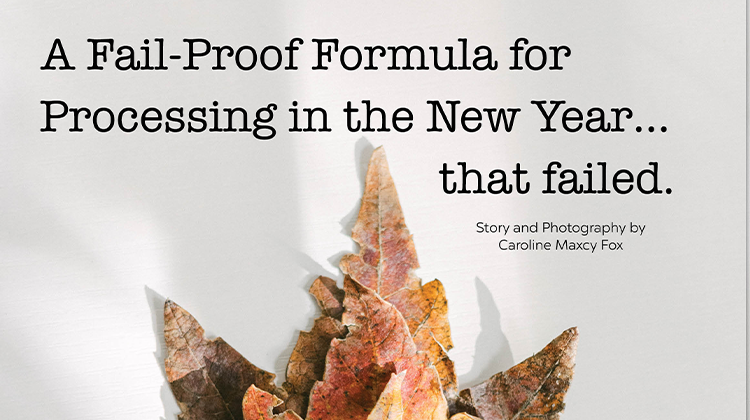By Rebecca Maglischo
September marks the beginning of the annual migration of hawks and falcons, a journey that for some species begins in Canada and ends as far south as Peru. As the days shorten and the temperatures begin to drop, the raptors migrate from the north moving south to warmer locations with abundant prey- song birds, small mammals and reptiles. The science of migration is mind-blowing! Weather, timing, species symbiosis, and the path and pattern of a migration are all intricately woven through the tapestry of nature. Florida has members of every group of raptors: eagles, buteos and hawks, harriers and kites, falcons and caracara, and the osprey.
While not all US species are found in or migrate through Florida, each group is represented.
Florida is perfectly poised, from Sept through November and February through March, to receive travelers from all over the globe as they movee along routes that are etched into their biology.
The most common hawk passing through Florida skies is the sharp-shinned hawk, whose large numbers make it possible to spot between 200 and 1,500 birds in a single day following a cold front. Sharp-shinned hawks are often in the company of the Cooper’s hawk, a larger bird though similar in appearance. The two birds are similar in their looks and their flight patterns: fast and erratic. The broad-winged hawk, heavier than the Cooper’s but around the same size, winters anywhere from Florida to Peru. This slow flying bird of prey has a very notable migratory characteristic that other hawks also adapt, the formation of Kettles, or groups. Most hawks swirl overhead rather than fly on a direct course like the sharp-shinned and Cooper’s hawk.
Other raptors to look for include the marsh hawk, Mississippi kite, osprey, red-tailed hawk and the red-shouldered hawk, all in fairly small numbers. Falcons join in on this fall Florida migration, too. One of the rarest and most sought-after migratory species is the endangered peregrine falcon, the great aerial performer which was used in the sport of falconry for thousands of years. Peregrines may be the crowd favorite, but the American Kestrel and the Merlin, are the most commonly seen falcons during this migration.
The best hawk watching is on Florida’s Gulf Coast, sometimes on the mainland but typically more on the offshore barrier islands that parallel the coast. An important exception is Guana River Wildlife Management Area and State Park just north of St. Augustine, the best place for peregrine falcons in Northeast Florida. Both falcons and hawks should be present along the dune lines in October if there is a west wind or if a cold front has just gone through. St. George Island, near Apalachicola, is another prime area for fall migrants, but perhaps the best place i all Florida to witness the fall hawk migration is nearby St. Joseph Peninsula, where 200 to 300 birds may be seen in a single day. This peninsula is known as Northwest Florida’s most reliable place to spot a Peregrine Falcon.
While the weather in Florida may not quite yet feel like fall, the arrival of these magnificent birds signals to the nature-attuned that Florida is indeed on board to celebrate the season. Historical cultures that took their cues from nature stood in reverence to the Birds of Prey, symbols of courage and strength with clear vision and focused execution. The arrival of the fall migration would have signaled the time to remove distractions from life and to become laser focused on the things that matter. Perhaps this fall, if you were to tilt your head to the sky and see a kettle of hawks, you might reflect on this symbolism and draw meaning for your own life. Fall calls to each person… slow down, ride the current and enjoy the journey, gather with others and hone the vision for your life.




